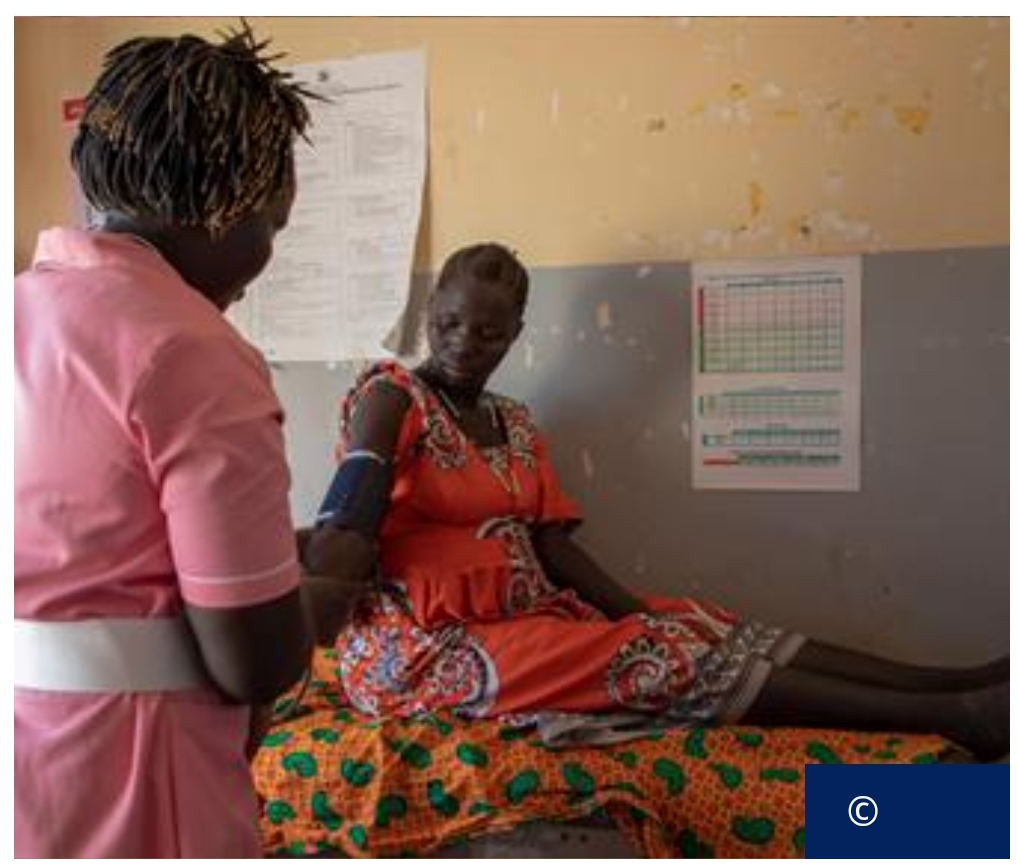WHO Launches First-Ever Global Guideline for Managing Sickle Cell Disease in Pregnancy to Improve Maternal and Newborn Outcomes.
Geneva:
In a landmark move to address a rising global health challenge, the World Health Organization (WHO) has released its first comprehensive guideline on the management of sickle cell disease (SCD) during pregnancy. This groundbreaking publication seeks to improve care for pregnant women living with SCD, a neglected and potentially life-threatening condition that affects millions worldwide, particularly in low- and middle-income countries.
Sickle cell disease is a group of inherited blood disorders characterized by red blood cells that assume an abnormal crescent or “sickle” shape. These deformed cells can block blood vessels, leading to serious health issues such as severe anemia, intense pain, infections, strokes, and even organ failure. The condition poses even greater risks during pregnancy, placing both mothers and their babies in danger.
According to WHO, women with SCD face a 4- to 11-fold higher risk of maternal death compared to women without the disorder. They are more susceptible to complications such as pre-eclampsia, while their babies are more likely to be stillborn, premature, or underweight.
“With quality health care, women with inherited blood disorders like sickle cell disease can have safe and healthy pregnancies and births,” said Dr. Pascale Allotey, WHO’s Director for Sexual and Reproductive Health and Research and the United Nations’ Special Programme for Human Reproduction (HRP). “This new guideline aims to improve pregnancy outcomes for those affected. With sickle cell on the rise, more investment is urgently needed to expand access to evidence-based treatments during pregnancy as well as diagnosis and information about this neglected disease.”
A Growing Global Concern
Globally, approximately 7.7 million people are living with sickle cell disease—a number that has surged by over 40% since 2000. The disease causes an estimated 375,000 deaths annually. Although it is most prevalent in malaria-endemic regions such as sub-Saharan Africa, SCD also affects populations in the Middle East, the Caribbean, and South Asia. With increased global migration and longer life expectancy, the sickle cell gene is becoming more widespread, creating an urgent need for maternity care providers worldwide to understand how to manage this condition effectively.
Until now, clinical guidance for managing SCD in pregnancy was largely derived from high-income countries, leaving a gap for the majority of patients who live in low-resource settings. WHO’s new guideline addresses this gap by offering over 20 evidence-based recommendations tailored for diverse healthcare systems.
Key Recommendations
The guideline provides comprehensive, practical strategies for managing SCD in pregnant women, covering areas such as:
- Folic acid and iron supplementation, with adjustments for malaria-endemic regions
- Management of sickle cell crises and pain relief
- Prevention of infections and blood clots
- Use of prophylactic blood transfusions
- Enhanced monitoring of maternal and fetal health throughout pregnancy
Importantly, the guideline advocates for respectful, individualized care that acknowledges each woman’s unique needs, preferences, and medical history. It also calls for an end to the stigma and discrimination that people with SCD often face in healthcare systems worldwide.
“It’s essential that women with sickle cell disease can discuss their care options early in pregnancy—or ideally before—with knowledgeable providers,” said Dr. Doris Chou, WHO Medical Officer and lead author of the guideline. “This supports informed decisions about any treatment options to continue or adopt, as well as agree on ways of handling potential complications, so as to optimize outcomes for the woman, her pregnancy, and her baby.”
A Multidisciplinary Approach
Given the complexity of sickle cell disease, WHO emphasizes the need for a multidisciplinary care team. This may include hematologists, midwives, pediatricians, and obstetrician-gynecologists who can collaboratively manage the health of the mother and baby.
The guideline also highlights a critical gap in research: pregnant and breastfeeding women with SCD are often excluded from clinical trials, limiting available data on the safety and efficacy of potential treatments. WHO urges the global research community to prioritize these populations in future studies.
A Broader Initiative
This guideline is the first in a new WHO series focused on managing noncommunicable diseases (NCDs) in pregnancy. Upcoming guidelines will address conditions such as cardiovascular diseases, diabetes, respiratory illnesses, mental health disorders, and substance use. These chronic diseases are increasingly recognized as major contributors to maternal and newborn deaths and long-term health complications.
By launching this new initiative, WHO aims to bring much-needed attention and resources to health conditions that have long been under-researched and under-funded, despite their growing impact on maternal and child health.




